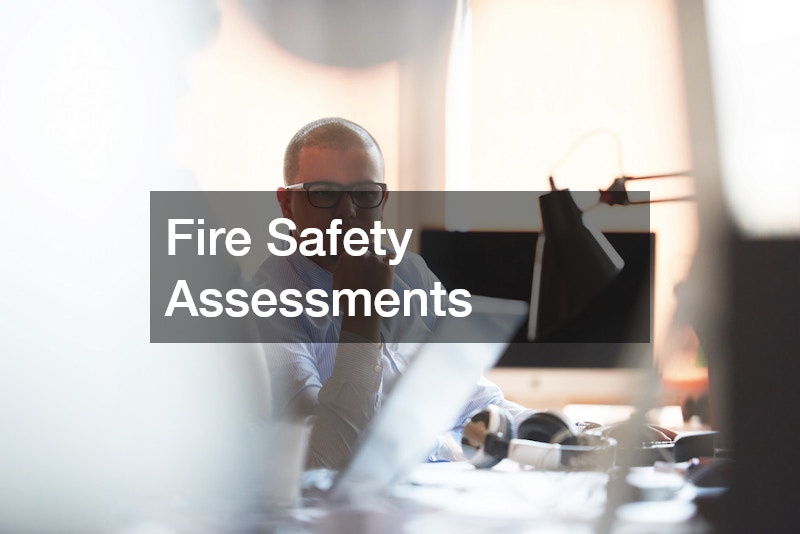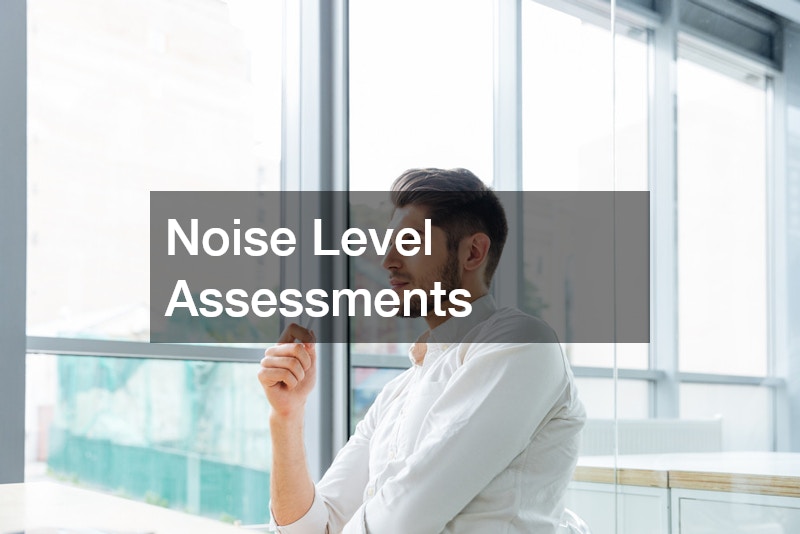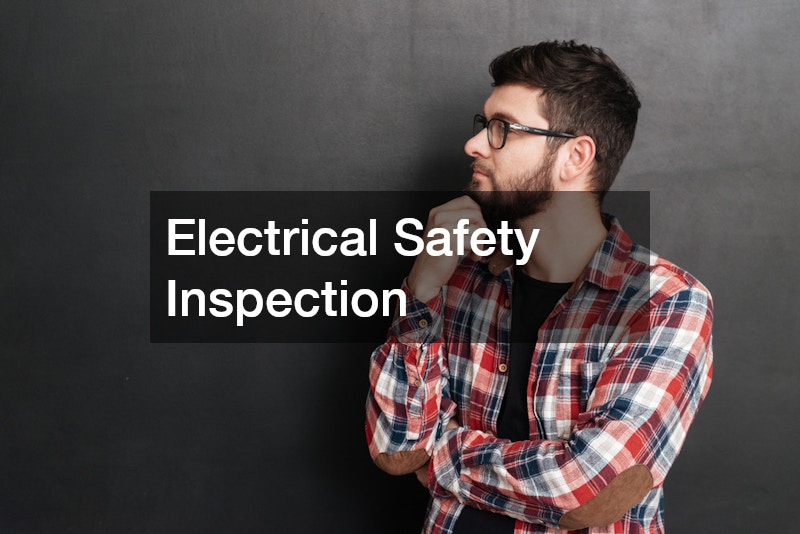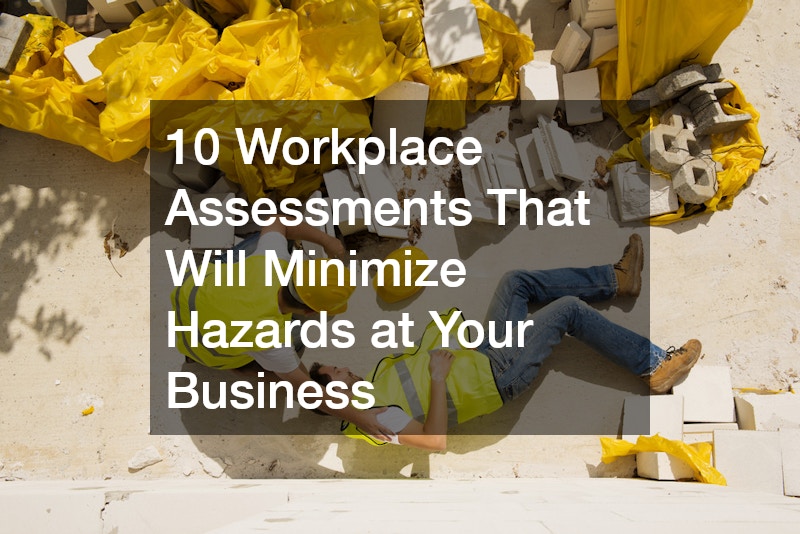Effective workplace assessments are a cornerstone of creating and maintaining safe work environments. They allow organizations to identify potential hazards, evaluate existing safeguards, and implement necessary improvements to protect employees’ health and well-being. This article delves into various workplace assessment types, from risk assessments to electrical safety inspections, highlighting the importance of each. We will explore specific examples, such as rigging hardware in risk assessments, and discuss how industries like commercial roofing and services such as water damage restoration benefit from regular workplace assessments. By implementing a structured approach to safety, companies can significantly reduce risks, comply with regulations, and foster a culture of safety. Read on to explore the intricacies of workplace assessments and how they can be leveraged across different industries to enhance overall organizational safety and efficiency.
1. Risk Assessments

Risk assessments are indispensable in any organizational safety framework. One crucial area is the safe use of rigging hardware, which involves identifying potential hazards associated with lifting and securing heavy loads. Proper training and regular workplace assessments ensure that employees are equipped with the knowledge to operate safely, thereby minimizing the risk of accidents.
In various industrial settings, risk assessments extend beyond traditional safety concerns to include comprehensive evaluations of workplace environments. By identifying threats and implementing proactive measures, organizations can avert costly incidents that can result in downtime or harm employees. Workplace assessments, therefore, serve as a preventive measure, addressing potential issues before they escalate.
Workplace assessments in the context of risk evaluations also examine human factors such as stress, fatigue, and ergonomics. By considering these elements, companies can devise effective strategies to enhance productivity and safety. In this way, risk assessments play a pivotal role in fostering a safer and more efficient work atmosphere.
In the realm of rigging hardware, risk assessments also involve evaluating the integrity of the equipment itself. Regular inspections for wear and tear, such as frayed slings, bent hooks, or corroded components, are critical in preventing mechanical failure. By establishing a maintenance schedule and adhering to manufacturer guidelines, organizations can ensure that their rigging hardware operates reliably and safely under demanding conditions.
Risk assessments are not limited to physical equipment but also encompass the environment where the work takes place. Factors like uneven surfaces, overhead obstructions, or fluctuating weather conditions can significantly influence the safety of operations involving rigging hardware. Identifying these external risks allows organizations to make necessary adjustments, such as stabilizing ground conditions or modifying work schedules to accommodate safer conditions, ultimately protecting both personnel and equipment.
Additionally, effective communication and coordination among team members are integral components of risk assessments. Miscommunication during critical operations, such as lifting or securing heavy loads, can lead to accidents or equipment damage. Incorporating clear protocols, regular safety briefings, and the use of standardized signals ensure that all workers are on the same page. This collaborative approach not only minimizes risks but also reinforces a culture of safety and accountability within the workplace.
2. Safety Audits
Safety audits are another form of workplace assessments that actively monitor and evaluate the safety protocols within an organization. In the commercial roofing industry, for instance, safety audits help ensure that the work environment complies with regulations and that workers are protected from falling hazards. Regular audits provide insights into performance metrics, assisting a roofing company in maintaining high safety standards.
Audits can be conducted both internally and externally, often using checklists to ensure consistency and thoroughness in evaluations. They help organizations identify gaps in safety management systems and guide them in enhancing their protective measures. Ultimately, these audits form the backbone of an organization’s continuous improvement plan, highlighting areas for refinement and development.
Safety audits are not a one-time effort but a recurrent process, part of a larger system of ongoing workplace assessments to safeguard employee health. Continuous monitoring and evaluation foster a culture of safety and raise awareness throughout all levels of an organization. By aligning audit results with workforce training, businesses can ensure comprehensive safety coverage.
In addition to improving safety measures, safety audits also play a critical role in risk mitigation and liability reduction. For example, in industries like commercial roofing, audits help document compliance with safety standards and regulations, which can be invaluable in the event of an accident or inspection by regulatory bodies. This proactive approach not only protects workers but also shields organizations from potential legal or financial repercussions, reinforcing their commitment to workplace safety.
3. Emergency Preparedness Assessments
Preparedness for emergencies is critical for organizations of all sizes. Emergency preparedness assessments involve evaluating an organization’s readiness to respond to unforeseen situations, ensuring business continuity and employee safety. For roofing companies, these assessments can include strategies for dealing with sudden weather changes, which may pose risks to both personnel and on-site materials.
These workplace assessments often simulate real-world scenarios to train staff members in evacuation procedures and effective communication during crises. By preparing for the unexpected, companies significantly mitigate the impact of emergencies on operations. These proactive measures help in reducing recovery time and potential financial losses.
Emergency preparedness assessments go beyond disaster scenarios, also encompassing everyday safety threats such as fires or medical emergencies. Preparing for such events ensures a quick and organized response, minimizing confusion and potential harm to employees. This planning further accentuates the importance of comprehensive workplace assessments in maintaining operational resilience.
4. Fire Safety Assessments

Fire safety assessments are crucial components of workplace safety protocols, ensuring that fire-related risks are managed effectively. Organizations involved in fire damage restoration must particularly focus on these assessments to manage fire hazards and ensure worker safety. These workplace assessments involve evaluating fire detection systems, emergency exits, and the provision of firefighting equipment.
Beyond assessing physical fire safety measures, these evaluations also encompass organizational preparedness, such as examining fire drill efficacy and employee training. By ensuring employees understand their roles during a fire event, companies can improve coordination and minimize fire-related damage and injuries. Fire safety assessments, therefore, contribute significantly to a workplace’s overall safety profile.
Regular updates and maintenance of fire safety systems are integral to these assessments, ensuring their effectiveness over time. Routine workplace assessments check for new potential hazards and confirm that fire safety measures remain relevant and functional. This continuous vigilance ensures a robust fire safety strategy is in place, ready to protect both employees and assets at a moment’s notice.
5. PPE Evaluations
Personal Protective Equipment (PPE) evaluations are essential to ensure that workers have the necessary gear to protect them from specific workplace hazards. This is especially true in industries like wildlife removal service, where employees face unique challenges daily. Understanding the proper use and limitations of PPE through regular workplace assessments goes a long way in safeguarding workers from potential harm.
PPE evaluations typically involve assessing equipment condition, the adequacy of current PPE in mitigating risks, and employee compliance with usage protocols. These assessments are crucial for identifying improvements in PPE design and functionality and tailoring protective measures to specifically suit the nature of the work being conducted.
Conducting PPE evaluations regularly ensures that protective gear evolves alongside emerging industry hazards, maintaining a high standard of safety. These workplace assessments help organizations stay ahead of potential risks by ensuring that the protective equipment supplied is not only suitable but also effective in preventing workplace injuries.
6. Machine Guarding Assessments
Maintaining machine safety through guarding assessments is vital for preventing injuries associated with mechanical operations. In environments like personal injury law firms, where clients often deal with workplace accidents, the importance of thorough machine guarding cannot be overstated. Workplace assessments focused on machine guarding help highlight discrepancies between operation procedures and recommended safety standards.
These assessments involve inspecting physical guards, interlock devices, and other protective barriers that separate operators from moving machine parts. Regular evaluations ensure that all machine guarding complies with safety regulations and operational requirements, providing a secure environment for workers.
Machine guarding assessments also include employee training, ensuring workers are educated on operational hazards and the correct use of safety features. Regular workplace assessments thus play a crucial role in fostering safety awareness and competence among employees, reducing the likelihood of occupational injuries significantly.
7. Noise Level Assessments
Exposure to excessive noise is a common issue across many industries, which can lead to hearing loss and discomfort if not managed effectively. Noise level assessments are fundamental workplace assessments that identify excessive noise sources and propose solutions to mitigate them. Companies like pool installation services frequently conduct these assessments to protect workers from prolonged noise exposure.
These assessments employ specialized equipment to measure sound levels in various workplace zones, comparing them against workplace safety standards and guidelines. Through these analyses, organizations can determine whether additional noise control measures are required, such as installing sound barriers or providing hearing protection options to employees.
Beyond protecting physical health, addressing noise levels contributes to creating a more pleasant work environment by minimizing stress and enhancing communication. Conducting regular noise level assessments is a proactive approach to ensuring compliance with regulations and improving workforce productivity and morale.
8. Ergonomic Assessments

Ergonomic assessments focus on optimizing workspaces to improve comfort and efficiency, ultimately preventing musculoskeletal disorders. This process is particularly beneficial in industries like custom fabrication services, where the design and setup of workstations impact productivity and employee health. Regular ergonomic workplace assessments help in identifying areas for improvement, promoting better posture and overall well-being.
These assessments analyze the physical demands of job tasks and evaluate how employees interact with their work environments. By addressing these interactions, companies can redesign workstations that accommodate employees’ needs, potentially reducing injuries and improving job satisfaction.
Implementing recommendations from ergonomic assessments can significantly decrease workplace injuries related to repetitive strain and poor posture. This proactive approach exemplifies a commitment to employee health and productivity, reinforcing a culture of safety across the organization.
9. Slip, Trip, and Fall Assessments
Slip, trip, and fall assessments are essential workplace evaluations designed to identify and mitigate hazards that could lead to accidents. These workplace assessments are particularly relevant for sectors like hardwood floor installation, where the potential for slipping is an inherent risk. Evaluating flooring materials, lighting conditions, and clutter levels helps companies address potential hazard points. These assessments emphasize the importance of maintaining a clean and organized workspace as a preventive measure against falls. They also identify areas that require additional attention, such as implementing non-slip coatings or increasing the frequency of housekeeping activities.
Through regular slip, trip, and fall assessments, organizations can reduce the likelihood of costly accidents, safeguarding both employees’ health and the organization’s bottom line. Ensuring a safe work environment fosters employee confidence and productivity while minimizing the risk of workplace incidents.
10. Electrical Safety Inspection

Electrical safety inspections are vital workplace assessments that ensure electrical systems function correctly and safely. Industries like water damage restoration services, which often involve significant electrical equipment usage, benefit from regular safety inspections. These inspections assess everything from wiring conditions to circuit load management, ensuring that the electrical systems comply with relevant safety standards.
Through these inspections, companies can identify electrical hazards such as frayed wires, overloaded circuits, and the absence of ground fault protection – common risk factors that can lead to fires or electrocution. Addressing these issues through workplace assessments reduces potential risk and liability, promoting a safer workplace overall. Routine electrical safety inspections enhance workplace safety by extending the lifespan of electrical equipment and preventing costly repairs and downtime. With systematic workplace assessments, organizations can ensure a secure working environment, free from the dangers associated with electrical faults.
Workplace assessments are indispensable tools for fostering a culture of safety and security within any organization. By systematically evaluating various aspects, from PPE evaluations to fire safety assessments, companies can address and mitigate potential hazards, ensuring safe environments for their employees. These assessments not only safeguard individuals but also support operational continuity and minimize financial losses. Highlighting examples from custom fabrication services to a pool installation company, the article demonstrates the wide applicability and benefits of regular workplace assessments. As these organizations incorporate thorough assessments into their safety protocols, they foster a culture of vigilance and responsibility that benefits all stakeholders. Ultimately, comprehensive workplace assessments empower organizations to evolve and adapt in their pursuit of safety excellence, reinforcing their commitment to employee health and operational integrity.

